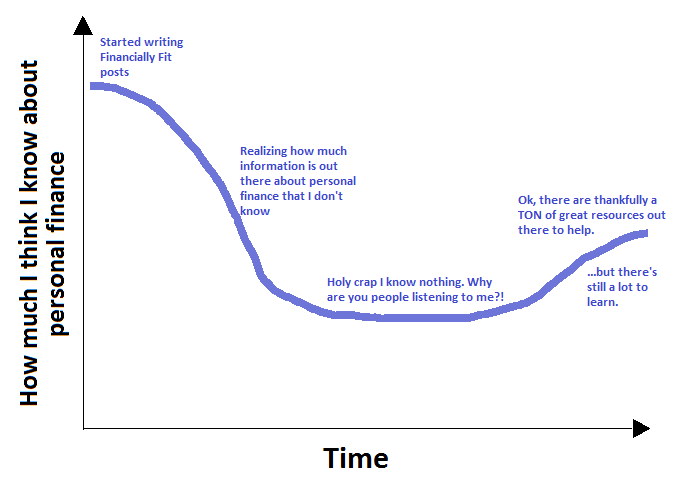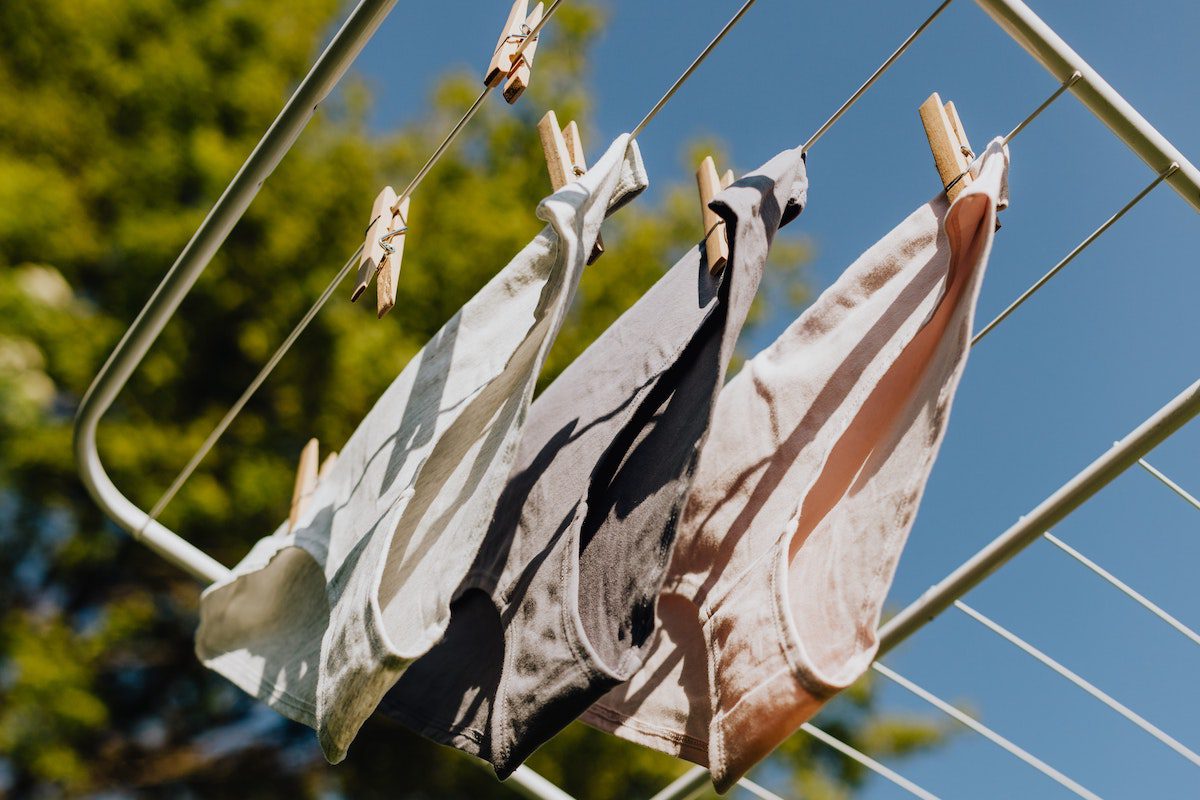Financially Fit: Savings accounts
Disclaimer: The advice provided in the Financially Fit series is general advice only. It has been prepared without taking into account your objectives, financial situation or needs.
According to the Report on the Economic Well-Being of US Households last year, 34 percent of Americans report being under financial stress and 59 percent spend all (or more) of what they make. The purpose of Financially Fit here on ASweatLife is to start the conversation of better money habits so you can stop seeing money as a stressor and start making it work for you.
Recently, we talked about how to save (and how to make saving a priority!), now let’s dig a little deeper – what should you do with your savings?
I’m going to start with the most obvious thing to do with savings: save it. Where? In a savings (or money market) account, duh.
If you would have asked me a month ago if you should put your saved money into a savings account, I would have scoffed at you. Well, maybe not scoffed, but at least stuck up my nose and said something like, “why save when you can invest?” or “don’t you realize that savings accounts often don’t pay enough interest to cover inflation? You’re losing money!” Scoff, scoff, scoff.
And while all of my imaginary past-self scoffing would not have been without reason (investing is still a better option in many circumstances for reasons we discussed last week), I ran into some really good reasons to park money into a savings account during my research this week. That’s right, I’m learning too. We’re in this together, remember?

There are a few reasons why you will want to keep some of your money “liquid” (in other words, easily accessible). Here are some of the main reasons you might benefit from stashing away your savings into a more traditional savings account:
You are saving up for a down payment or for a bigger purchase.
For example: you want to buy a car or a house/condo in the near future or purchase a new computer soon (i.e. in the next year).
Whether or not you’ve bought real estate before, we all understand the concept of putting 20 percent down. If you plan to make a big purchase within the next year, you are going to want to have that money available to fund it. Can you liquidate some of your investments or sell some of your stocks to get there? Of course. Saving enough for a down payment on a house is not (usually) something one can do in a year (at least not in your 20s, unless I’m doing this all wrong).
You are creating an emergency fund.
It is always a good idea to have a little breathing room in case something goes wrong – like your car needs totally new brakes and you’re out $850… Hi mom and dad if you are reading this – yes I’m still not happy about that.
According to Freakonomics, the typical emergency can cost around $2,000. Looking back on that Economic Well-Being report I mentioned earlier, 47 percent of Americans say they could not cover an emergency expense costing $400. Many financial advisors will suggest having six months of expenses saved as an uncertainty fund – but the amount that is right for you is personal and, like many things in finance, not one-size-fits-all. It’s also important to note that building that emergency or uncertainty fund can take time and won’t happen overnight – it’s a goal you should contribute to bit by bit over time.
You don’t know what you want to invest in yet.
Savings accounts are a safe place to keep your money while you figure out what you want to do with it, as these accounts generally guarantee up to $250,000 of your money. In other words, you will certainly not lose your money in a savings account (however, it might not be generating interest as fast as inflation is rising).
One great benefit to stashing money in savings is that it bides you time to look into your investment opportunities and understand where you want to invest a portion of your savings in time. This is, admittedly, something I overlooked as a really great benefit to this type of account. Essentially, you give yourself some breathing room and time to learn. If you don’t know what you want to do with your money yet (many people don’t!), storing it in savings right now is a good option for you.
You need an easy starting point.
A great perk to a savings account is how easy it is to start one. You can look into online savings accounts, as typically they return a better interest rate due to the lack of brick-and-mortar locations, or start one at your bank.
If you’ve just committed to getting your savings on track (and staying in the black instead of the red), a savings account is a good place to begin that journey. As opposed to some more volatile investing options, a humble savings account that grows over time can be encouraging as you watch the steady progress happen month-to-month.
Certainly, savings and quick access to cash has a place in many of our lives. But if you have time, the capital and the ability to take on a little more risk, investing is something you should be considering.
Next week we’ll talk about how you can invest some of that hard-earned cash instead of having it all sit in a savings account.
As always, if you have any questions or anything to add on this topic, please let us know in the comments!
1 thought on “Financially Fit: Savings accounts”
Comments are closed.














your graphs are perfect